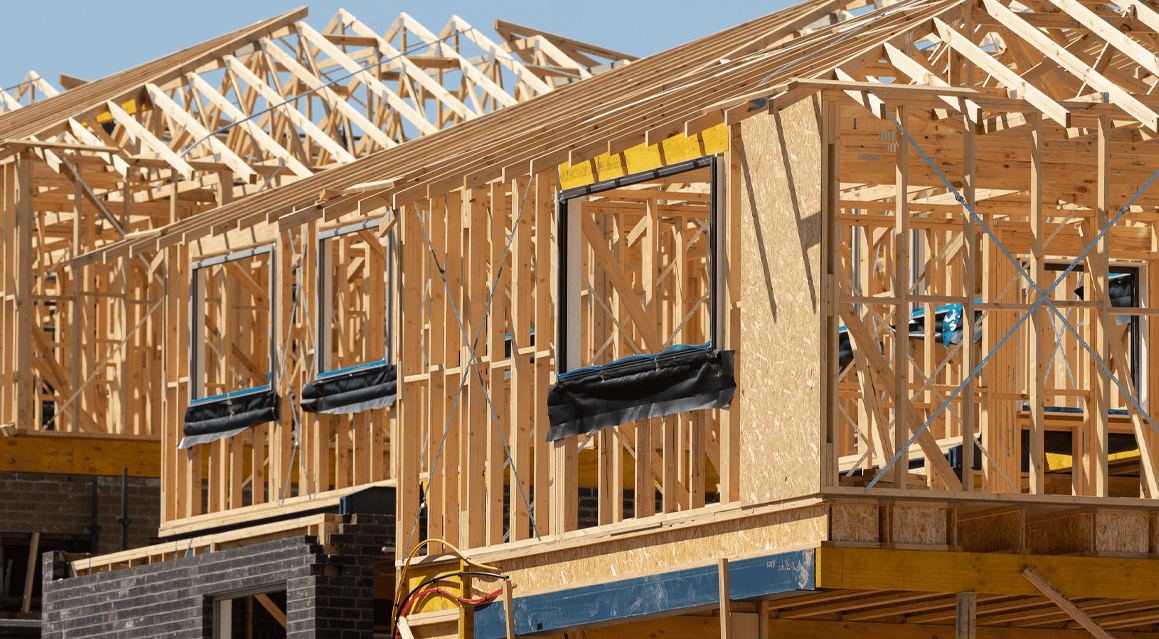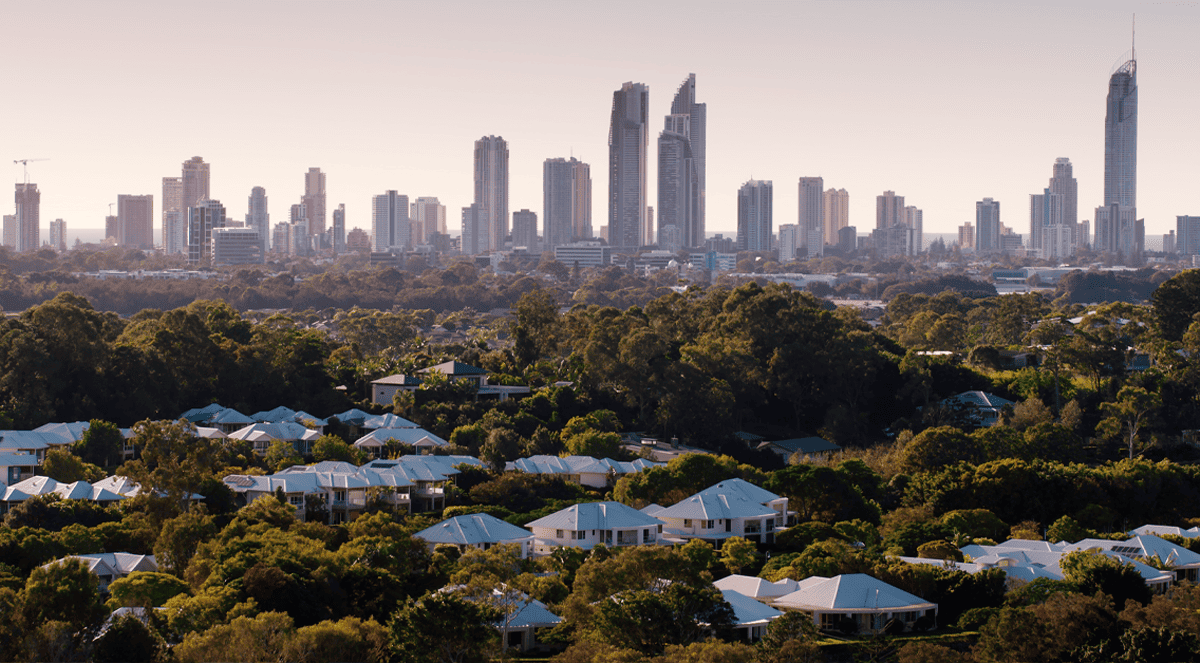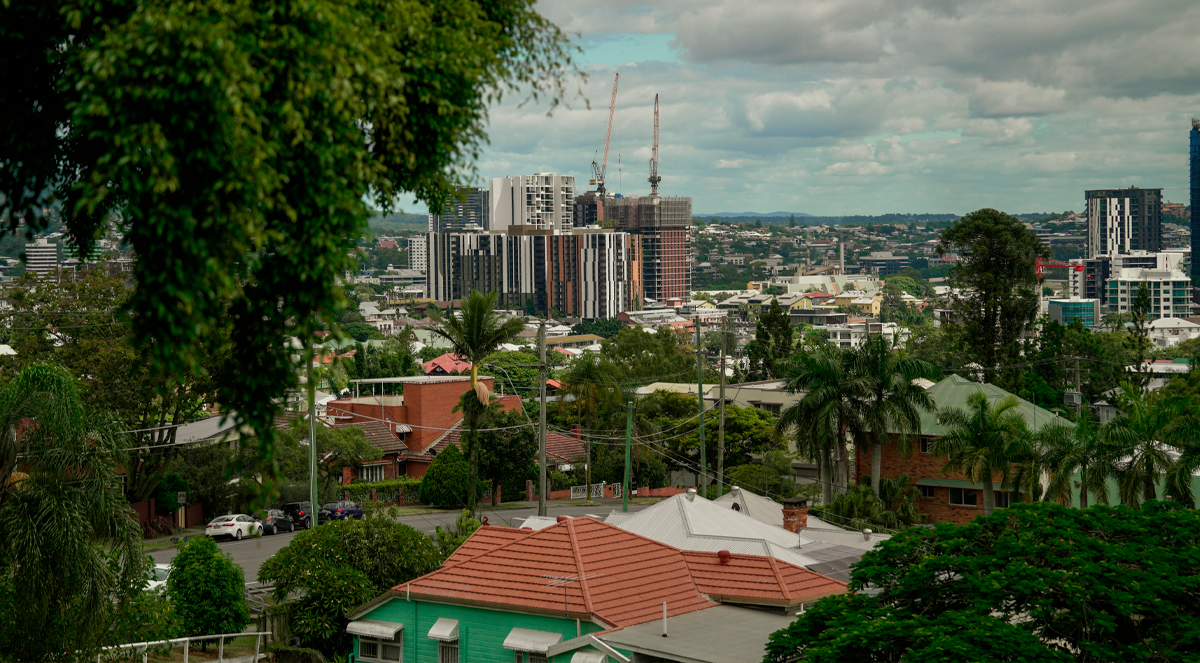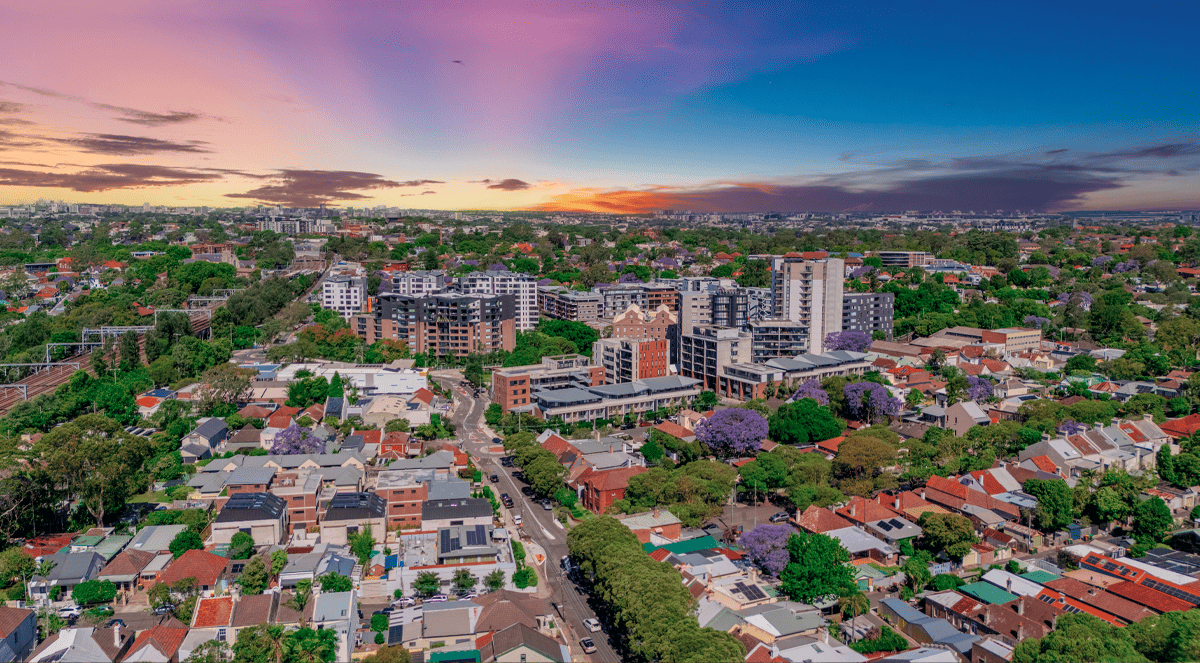
KEY POINTS
- Australia built 62,000 fewer homes than needed in 2023–24 to keep up with population growth, exacerbating the national housing crisis
- Despite the improved shortfall from 2022-23’s 110,000-home deficit, the change was due to slower population growth, not increased housing construction
- Western Australia has the nation’s worst housing undersupply, building only 48% of needed homes, followed by the NT (56%) and Queensland (61%)
New data from REA Group’s PropTrack shows just how far Australia is falling behind in building enough housing to meet the needs of a growing population.
The data analytics firm says Australia built 62,000 fewer homes than needed to accommodate population growth over the 2023-24 financial year, worsening the ongoing housing crisis.
Note the figures relate to a shortfall compared to population growth for just 12 months, not the already significant existing housing undersupply.
The details
PropTrack Senior Economist Anne Flaherty says it’s hard to believe, but the housing supply shortfall in the 12 months to the end of June 2024 was actually a significant improvement on the previous year.
The 2022-23 financial year saw a massive shortfall of 110,000 homes relative to population growth.
The grim news, Ms Flaherty says, is that the change between the two years didn’t really come about because of any great leap forward in building productivity.
“This year-on-year improvement doesn’t come from an increase in the rate at which we are building new homes (with only 4,400 extra homes completed), but from a slowdown in population growth,” she says.
To calculate these figures, Ms Flaherty first looked at population growth.
“Over the year ending June 2024, 552,000 people were added to Australia’s population, down from 638,400 over the previous 12-month period.”
To get an estimate of how many new homes are needed for that many people, PropTrack used Reserve Bank of Australia estimates for average household size - 2.5 people per dwelling.
Looking at the number of houses completed, Ms Flaherty and the PropTrack team also took into account demolition rates - the number of existing homes demolished for the creation of new homes.
This is significant, with around 10% of new homes built in Australia simply replacing an old, demolished home.
The findings are grim.
Over 2023-24, just 72% of the homes needed to accommodate population growth were built.
In 2022-23, it was even lower, with just 61% of the number needed completed.
Western Australia, the outlier
PropTrack’s research shows the shortfall is significantly worse in some states.
“The undersupply of new homes remains greatest in Western Australia, where population growth has outpaced housing supply over each of the past six financial years,” Ms Flaherty says.
In 2023-24, just 48% of the new homes needed to keep up with population growth were built in Western Australia.
In 2022-2023, just 36% were built.
“With less than half the new homes needed being built, it is no surprise that Greater Perth has seen the sharpest growth in property prices over the past year,” Ms Flaherty says.
This ongoing shortfall of housing in Western Australia seems set to continue, with CommSec’s latest “State of the States” report declaring that “Western Australia has both the highest relative, and absolute population growth” of any jurisdiction in Australia.
This baked-in housing shortage also throws into question claims by some property “experts” that Perth’s housing boom is over.
PropTrack says the undersupply of new housing was also acute in the Northern Territory and Queensland, where just 56% and 61% respectively of the homes needed to accommodate population growth were built in 2023-24.
In New South Wales, the shortfall was 26%, 18% in Victoria, and 12% in South Australia.
“Tasmania and the ACT were the only states where housing supply has kept up with population growth,” Anne Flaherty says.
“In the case of Tasmania, new home construction has far exceeded population growth, with more than four times the number of new homes needed completed.”
Looking to the future, PropTrack’s Anne Flaherty doesn't see much scope for improvement.
“While the government is projecting population growth to moderate to pre-pandemic norms over the next 10 years, dwelling approvals remain subdued,” she says.
“Critically, they remain well below the level required to recoup the deficit in housing supply seen over the past three years.”
In order to address that underlying housing deficit, the Federal and state governments have agreed to a National Housing Accord, with a target of building 1.2 million homes in the 5 years between the 1st of July 2024 and the 30th of June 2029.
However, recent forecasts have predicted there will be a shortfall of between 350,000 and 465,000 in that ambitious target.
This continuing undersupply will ensure that Australian housing doesn’t get any more affordable and that rents will continue to rise.
Stay Up to Date
with the Latest Australian Property News, Insights & Education.




.png?width=292&height=292&name=Copy%20Link%20(1).png)
 SIGN UP FOR FREE NEWSLETTER
SIGN UP FOR FREE NEWSLETTER





.jpg?width=1920&height=1080&name=Warning%2c%20You%20Might%20Be%20Facing%20Higher%20Taxes%20Soon%20(1).jpg)





.png?width=1920&height=1080&name=Rate%20Drops%20Signal%20BIGGEST%20Property%20Boom%20in%20DECADES%20(1).png)

.jpg?width=1920&height=1080&name=Labor%20vs%20Liberal%20These%20Housing%20Policies%20Could%20Change%20the%20Property%20Market%20Forever%20(1).jpg)
.jpg?width=1920&height=1080&name=QLD%20Slashes%20Stamp%20Duty%20Big%20News%20for%20Investors%20%26%20Home%20Buyers%20(1).jpg)
.jpg?width=1920&height=1080&name=Trump%20Just%20Slapped%20Tariffs%20%E2%80%93%20Here%E2%80%99s%20What%20It%20Means%20for%20Australia%20(1).jpg)
.jpg?width=1920&height=1080&name=Federal%20Budget%202025%20More%20Debt%2c%20No%20Housing%20%E2%80%93%20Here%E2%80%99s%20What%20You%20Need%20to%20Know%20(1).jpg)
.jpg?width=1920&height=1080&name=Australias%20Housing%20Crisis%20is%20about%20to%20get%20MUCH%20Worse%20(New%20Data%20Warns).jpg)
%20(1).jpg?width=1920&height=1080&name=Australias%20RENTAL%20CRISIS%20Hits%20ROCK%20BOTTOM!%20(2025%20Update)%20(1).jpg)
%20(1).png?width=1920&height=1080&name=Is%20Adelaide%20Still%20a%20Good%20Property%20Investment%20(2025%20UPDATE)%20(1).png)
.jpg?width=1920&height=1080&name=RBA%20Shocks%20with%20Rate%20Cuts!%20What%E2%80%99s%20Next%20for%20Property%20Investors%20(1).jpg)
%20(1).jpg?width=1920&height=1080&name=I%20Predict%20The%20Feb%20Rate%20Cut%20(My%20Price%20Growth%20Prediction)%20(1).jpg)
.png?width=1920&height=1080&name=Why%20Property%20Prices%20Will%20Rise%20in%202025%20Market%20Predictions%20(1).png)
.jpg?width=1920&height=1080&name=Why%20Investors%20Are%20Choosing%20Apartments%20Over%20Houses%202%20(1).jpg)
.jpg?width=1920&height=1080&name=Why%20Rate%20Cuts%20Will%20Trigger%20A%20Property%20Boom%20(1).jpg)
.jpg?width=1920&height=1080&name=Retire%20On%202Million%20With%20One%20Property%20(Using%20SMSF).jpg)
.jpg?width=1920&height=1080&name=4%20Reasons%20Why%20You%20Should%20Invest%20in%20Melbourne%20Now%20(1).jpg)
%20(1).jpg?width=1920&height=1080&name=Old%20Property%20vs%20New%20Property%20(Facts%20and%20Figures%20Revealed)%20(1).jpg)
%20(1).jpg?width=1920&height=1080&name=Will%20The%20New%20QLD%20Govt%20Create%20a%20Property%20Boom%20or%20Bust%20(My%20Prediction)%20(1).jpg)
%20Scott%20Kuru%20(1).jpg?width=1920&height=1080&name=Inflation%20Hits%20Three-Year%20Low%20(Will%20RBA%20Cut%20Rates%20Soon)%20Scott%20Kuru%20(1).jpg)
.jpg?width=1920&height=1080&name=How%20to%20Buy%20Investment%20Property%20Through%20SMSF_%20The%20Ultimate%20Guide%20(1).jpg)
.jpg?width=1920&height=1080&name=Victoria%20Slashes%20Stamp%20Duty%20Melbourne%20Set%20to%20Boom%20Scott%20Kuru%20(1).jpg)
.png?width=1571&height=861&name=Are%20Foreign%20Buyers%20Really%20Driving%20Up%20Australian%20Property%20Prices%20(1).png)
.jpg?width=1920&height=1080&name=The%20Single%20Factor%20That%20Predicts%20Property%20Growth%20Regions%20(1).jpg)
%20Scott%20Kuru%20(1).jpg?width=1920&height=1080&name=My%20Prediction%20On%20Rates%20%26%20Negative%20Gearing%20(Market%20Crash)%20Scott%20Kuru%20(1).jpg)

-1.png?width=1920&height=1080&name=Major%20Banks%20Cut%20Rates%20Will%20RBA%20Follow%20Suit%20(Sept%20Rate%20Update)-1.png)
%20Scott%20Kuru-1.png?width=1920&height=1080&name=Rate%20Cut%20Coming%20What%20New%20Zealands%20Move%20Means%20for%20Australia%20(Sept%20Prediction)%20Scott%20Kuru-1.png)
%20(1).jpg?width=1920&height=1080&name=Buy%20when%20the%20interest%20rates%20are%20high!%20(Why%20you%20must%20buy%20now!)%20(1).jpg)
.jpg?width=1920&height=1080&name=Carms_Revised%20Taxes%20Due%20Aug%209%20YT%20Thumbnail02%20(1).jpg)
.jpg?width=1920&height=1080&name=Carms_Too%20Little%20Too%20Late%20Aug%207%20YT%20Thumbnail01%20(1).jpg)









.jpg?width=1920&height=1080&name=Carms_Rate%20Drop%20In%20July%20Jun%2010%20YT%20Thumbnail02%20(1).jpg)
.jpg?width=1920&height=1080&name=Carms_Own%20a%20Property%20V6%20Jun%205_YT%20Thumbnail%20(1).jpg)









.png?width=1920&height=1080&name=Artboard%201%20(3).png)






.jpg?width=1920&height=1080&name=YT%20thumbnail%20%20(1).jpg)

